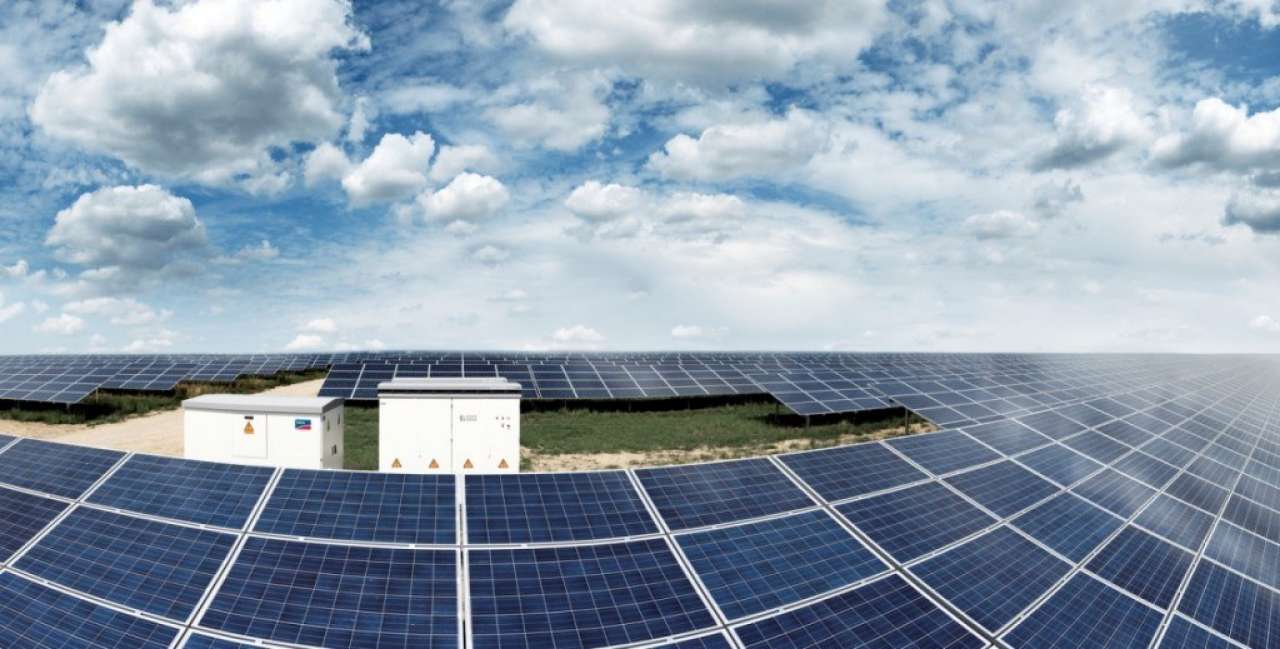A Quick Guide on Solar Inverters – What role do they play?
Posted on 14 April 2020
If you’ve installed solar panels on your roof, you’re likely aware of the complicated-looking box that was set up outside your home with different coloured cylinders and knobs inside. This is called a solar inverter – but why is it one of the most crucial elements of your solar energy system?
What are solar inverters?
Inverters play a crucial role in any solar energy system and are usually considered the brains of the operation. Solar inverters allow the conversion of direct current (DC) into alternating current (AC), making the energy usable for a variety of residential, commercial and industrial applications. This includes regular home appliances like refrigerators and TVs.
Solar inverters do more than just make energy applicable to electrical appliances. They also monitor the performance of your solar power system and provide diagnostic data to fix technical failures. With inverters, you also have the option to store excess energy in a solar battery or feed it back into the main grid for public usage.
What do solar inverters do?
The primary role of the solar inverter is to convert DC power to AC power. In doing this, the solar inverter monitors the maximisation of energy production, ensuring safe system operations. This can also lead to increased grid assistance and improved tracking of power output.
Types of solar inverters
There are three different types of solar inverters technologies that can be used to power a solar panel system in Australia. The most common is the string inverter or ‘central’ inverter. Each panel is wired together and when they produce energy, it is all sent to a single inverter, which will then convert all of the electricity from your solar panels into AC electricity to power your home. String inverters are the lowest-cost inverter and are the easiest to maintain. For homeowners – this is by far the best option.
A microinverter or ‘distributed’ inverter accompanies a PV system with a small inverter installed at the start of each solar panel. Instead of sending energy from every panel down to a single inverter, like a string inverter, microinverter systems convert DC power into AC energy right on the roof. While this option may be more efficient, it is more expensive than alternative options and difficult to maintain.
Power optimisers are a mix between string inverters and microinverters. Like microinverters, power optimisers are located on the roof to individual solar panels, however energy is still sent to a centralised inverter, like string inverters. These optimisers ‘condition’ the DC electricity captured by fixing the voltage of the electricity. This system is best for homeowners willing to pay more to increase efficiency, but aren’t ready to invest in the full expense of microinverters.
Don’t settle for a sub-par inverter
Even if you have the best solar panels in the world, if your solar inverter is weak and poor quality, your system’s performance may suffer. Ensure your solar inverter is up to scratch and choose Solar Power Direct for installing solar systems. Reach out to our team of friendly technicians at 08 72260560 and receive your free quote today.


